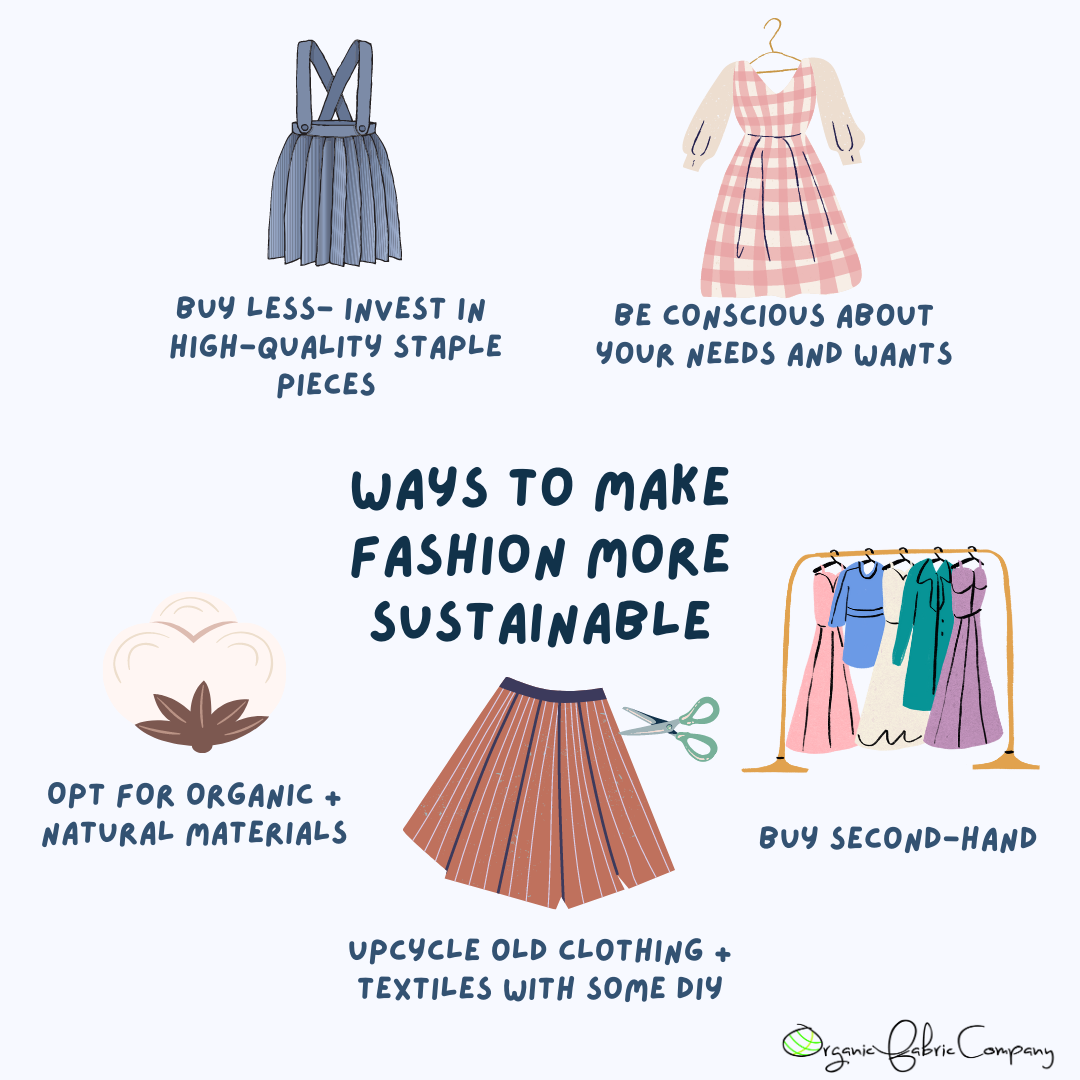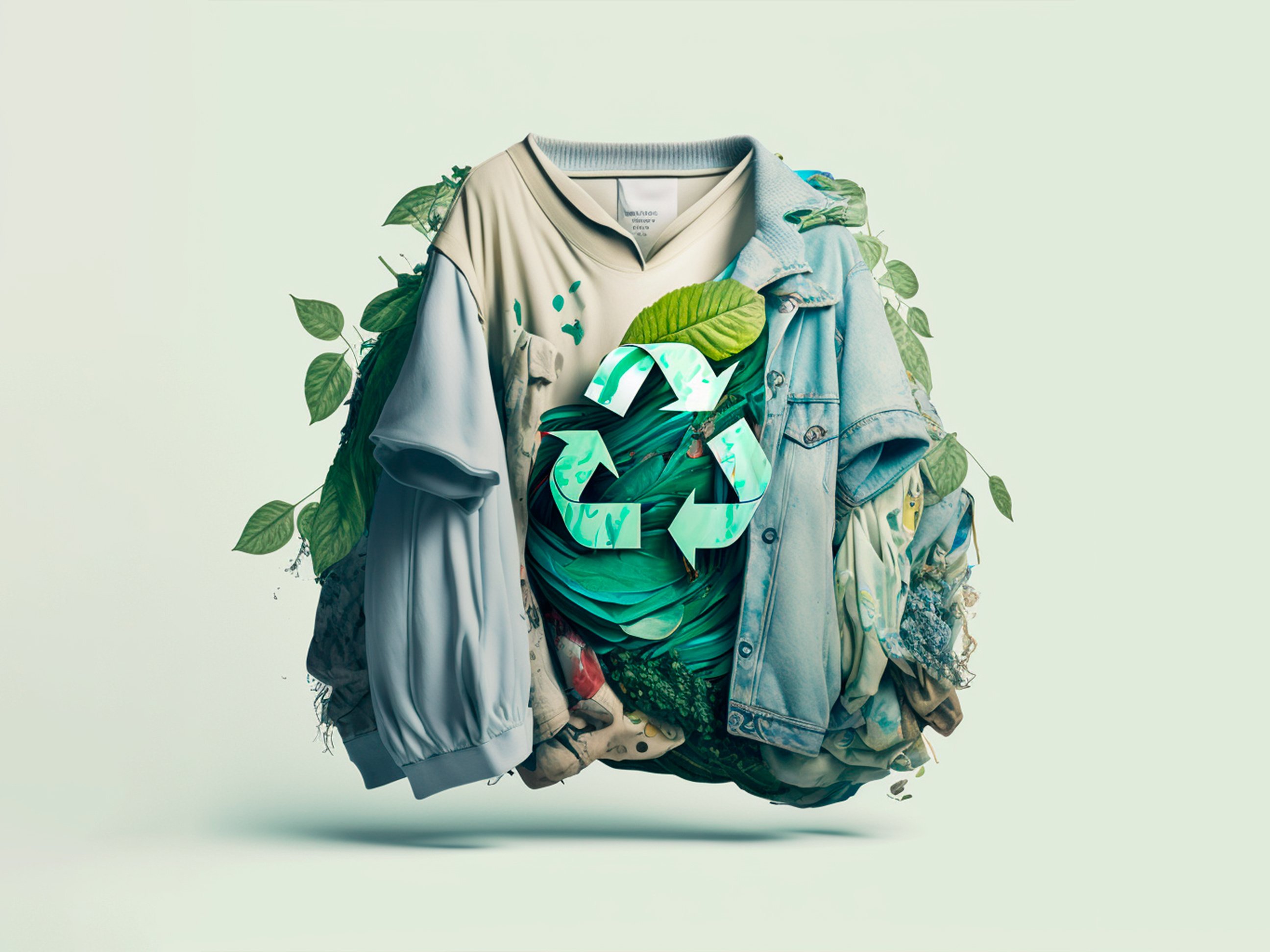Remain Ahead of the Curve by Exploring Innovative Style Fads
In a market as dynamic as style, remaining ahead entails even more than just complying with current patterns-- it demands an expedition of innovation. The merging of technology and style heralds a brand-new period of consumer involvement.

Accepting Smart Textiles
In the last few years, the style industry has observed a transformative change with the assimilation of smart fabrics, an advanced advancement that mixes modern technology with fabric. This evolution represents not only a fusion of looks and capability yet additionally a substantial jump in the direction of sustainability and customization in vogue. Smart fabrics, likewise understood as e-textiles, installed sophisticated electronics such as sensors and conductive threads within the fabric, enabling garments to interact with the setting or the user.
These textiles are developed to keep track of physiological parameters, such as heart price or body temperature level, supplying real-time health and wellness analytics. Beyond health applications, clever fabrics are likewise being utilized for adaptive apparel, which can transform color or pattern in response to ecological stimulations, therefore providing a dynamic style experience.
Additionally, the advancement of energy-harvesting textiles that generate power from activity or sunshine is paving the way for self-dependent wearable innovation. This development is appealing to eco mindful consumers and developers aiming to reduce the ecological impact of style. As research study and development in this area development, smart fabrics are expected to come to be progressively widespread, improving the landscape of modern style with their multifunctional capabilities.
The Increase of 3D Printing
Transforming the production landscape, 3D printing has become a game-changer in the fashion sector. This advanced modern technology has made it possible for designers to press the boundaries of imagination, producing complex and customized garments that were previously unbelievable. By leveraging digital layout and additive manufacturing, 3D printing helps with the production of intricate geometries and patterns, permitting designers to explore brand-new structures and frameworks.
A notable advantage of 3D printing in style is its capacity to produce on-demand, lessening waste and reducing inventory requirements. This performance not only optimizes manufacturing procedures yet also enables rapid prototyping, allowing designers to bring their visions to life in a much shorter timeframe. Moreover, 3D printing supports personalization somewhat unmatched by conventional techniques, supplying personalized fits and distinct styles customized to individual consumer preferences.
The rise of 3D printing has also democratized fashion, making it available to emerging designers who can now fabricate high-grade pieces without substantial financial investment in traditional manufacturing infrastructure. As technology continues to advance, the apparel industry is positioned to harness the complete capacity of 3D printing, checking out new materials and techniques that will unquestionably redefine exactly how fashion is developed and generated.
Lasting Fashion Developments
As the fashion sector faces the pushing requirement for environmental responsibility, lasting style advancements have emerged at the center of transformative adjustment. The expanding understanding of ecological influence has actually fueled a change in the direction of more eco-conscious practices and products. Developers and brands are now prioritizing sustainability, including techniques that reduce waste and decrease carbon impacts.
One considerable growth is the increase of round fashion, which highlights recycling and upcycling to expand the lifecycle of garments. This method not just reduces waste however additionally encourages consumers to take on a more mindful strategy to clothing usage.
An additional development lies in the fostering of cutting-edge dyeing techniques that make use of natural dyes or waterless procedures, consequently reducing the huge quantities of water and chemicals traditionally utilized in Read Full Article fabric dyeing. In addition, developments in biotechnology have actually brought about the creation of lab-grown leather and fabrics, using environmentally friendly and cruelty-free options to traditional products. Via these introducing initiatives, the apparel industry is making meaningful strides towards a more sustainable future.

Tech-Integrated Clothing
Tech-integrated clothing represents a groundbreaking blend of style and modern technology, reshaping just how people communicate with their clothing. This cutting-edge domain is marked by the incorporation of wise textiles and ingrained digital parts, improving both functionality and visual charm. From physical fitness trackers embedded in sports apparel to heated coats managed through smart device apps, tech-integrated apparel uses consumers extraordinary comfort and adaptability.
Pioneering brands are driving this trend, concentrating on creating garments that reply to environmental stimulations or customer commands. As an example, some garments can transform shade or pattern in action to see this here temperature level shifts, while others incorporate biometric sensors to monitor health metrics like heart price or stress and anxiety degrees. The smooth assimilation of modern technology right into textiles also includes environmental sustainability, with initiatives to establish self-cleaning materials or garments that get used to climate condition, thus minimizing the demand for numerous layers.
In addition, the development of wearable innovation is not just limited to great post to read apparel yet includes accessories like watches and eyewear, more broadening the extent of tech-integrated fashion. As the industry remains to innovate, the possibility for modification and personalization in garments grows, offering customers distinct, tech-enhanced style experiences that deal with their specific requirements and preferences.
Future of Virtual Style
Over the last few years, the future of online fashion has actually become a transformative force within the industry, leveraging innovations in digital innovation to redefine just how fashion is created, experienced, and taken in. By incorporating enhanced reality (AR), virtual truth (VR), and 3D design tools, developers can currently craft immersive and interactive experiences that transcend typical fashion limits. Virtual style enables the development of garments that exist solely in digital settings, providing countless possibilities for advancement without the limitations of physical production.
This electronic change not only provides possibilities for creative expression however additionally addresses sustainability concerns fundamental in typical fashion practices. Cape Town Sustainable Fashion. By getting rid of the demand for physical resources, virtual fashion minimizes waste and decreases carbon footprints. Additionally, the increase of digital style straightens with the increasing consumer demand for special and personalized experiences, as online garments can be personalized and customized to specific choices with convenience

Final Thought
The apparel industry's future depend on the integration of cutting-edge modern technologies and sustainable practices - Cape Town Sustainable Fashion. Smart fabrics and tech-integrated garments are enhancing functionality, while 3D printing supplies chances for modification and waste reduction. Sustainable style, through round methods and eco-friendly products, demonstrates a dedication to ecological stewardship. Additionally, digital fashion is positioned to redefine customer interactions. Adjusting to these patterns is vital for brand names seeking to stay relevant and affordable in this swiftly evolving landscape.
In recent years, the fashion industry has actually witnessed a transformative shift with the integration of smart textiles, an innovative advancement that blends technology with fabric.As the fashion sector grapples with the pressing requirement for environmental duty, sustainable style developments have actually arised at the forefront of transformative modification.In current years, the future of virtual style has arised as a transformative pressure within the industry, leveraging improvements in digital modern technology to redefine just how style is produced, experienced, and consumed. The rise of virtual fashion lines up with the raising consumer need for one-of-a-kind and personalized experiences, as online garments can be customized and customized to private preferences with ease.
The fashion industry's future lies in the integration of sustainable practices and innovative technologies.
Comments on “Supporting Local Cape Town Sustainable Fashion for a Greener Future”